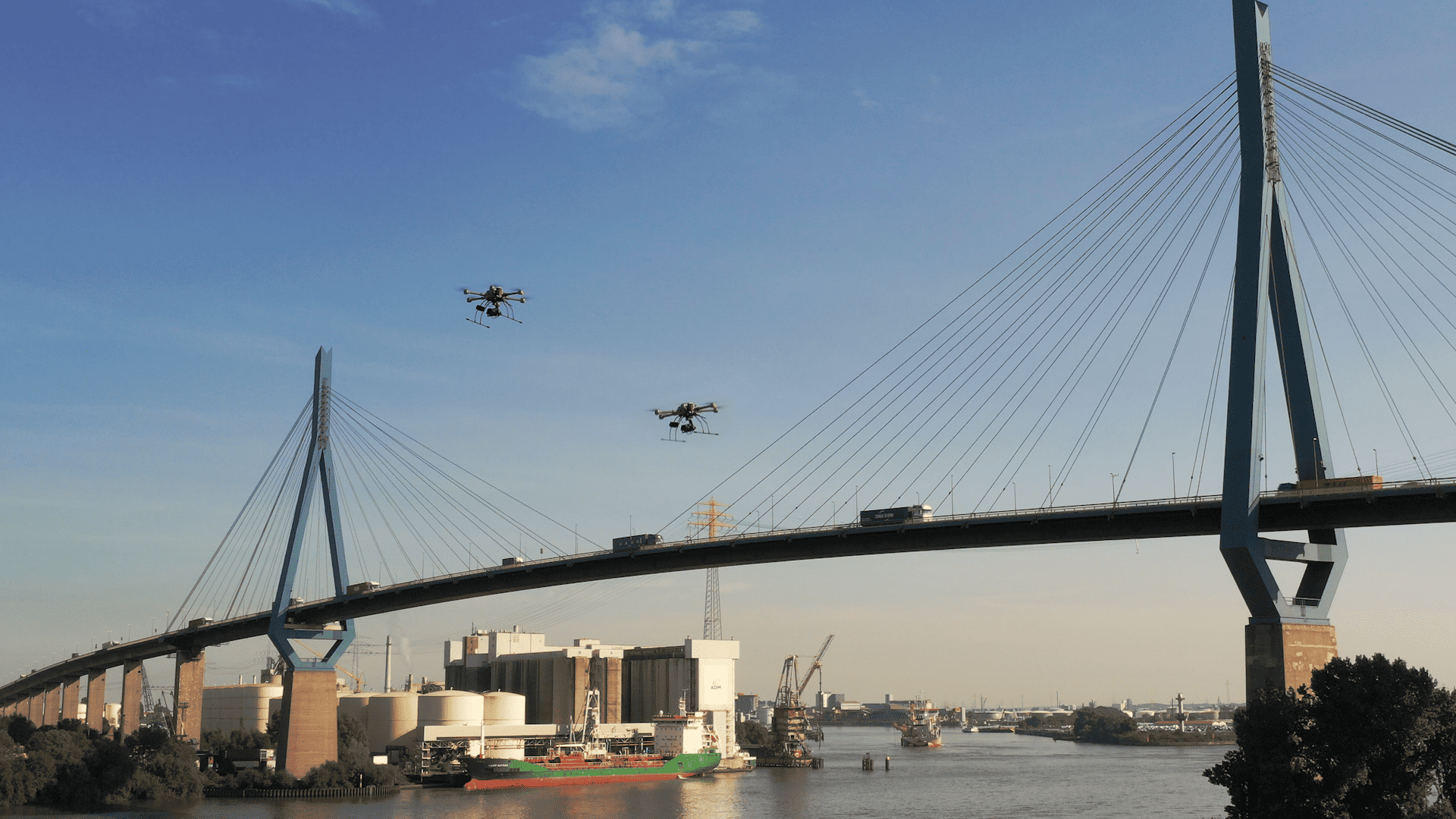
Expensive fuel prices, driving bans in city centers, a lack of parking spaces and crowded roads – none of this stops drivers from getting around on four wheels. The car is still the most popular means of transportation in Germany, even though everyone knows that walking and cycling are the most energy-saving forms of mobility and also have positive health effects.
But anyone who travels by bike or on foot in large cities also knows that this is often neither fun nor completely safe due to poor or missing infrastructure. There are often no sidewalks or bike paths or if there are any, they are too narrow, nor are there adequate facilities for parking bicycles. Motorized traffic has a clear advantage.
But what exactly makes walking and cycling in urban areas attractive, stress-free and safe? And what do cities need to do to get more people back on their feet or their bikes? This question was also asked by the research team of Prof. Harald Kipke’s intelligent traffic planning at the Nuremberg Campus of Technology (NCT). Together with Prof. Ingrid Burgstaller from the Faculty of Architecture at Nuremberg University of Technology, they are researching the new project “ViReVuRa – Using Virtual Reality to Promote Pedestrian and Bicycle Traffic.”
VR as an “ideal tool”
The scientists are using virtual reality (VR) in conjunction with a pedestrian and bicycle simulator to analyze various influencing factors such as different traffic layouts, traffic volumes or urban space designs. To make walking and cycling more attractive again, they want to use this technology to help cities to make urban space more appealing.
To do this, they design several variants of a real-world streetscape and implement them in a virtual environment. “VR is an ideally suited tool for our project,” explains Prof. Kipke. “We can simulate identical and almost freely definable urban spaces with adaptive traffic scenarios to analyze which conditions make walking and cycling more attractive again.”
The “Innovation and Future” foundation of Manfred and Barbara Schmitz from Nuremberg is funding the project with €50,000.
Cover photo: The telepresence robot allows users to connect to the labs and follow the development steps of the project live. © Daniela Ullmann / TH Nuremberg








